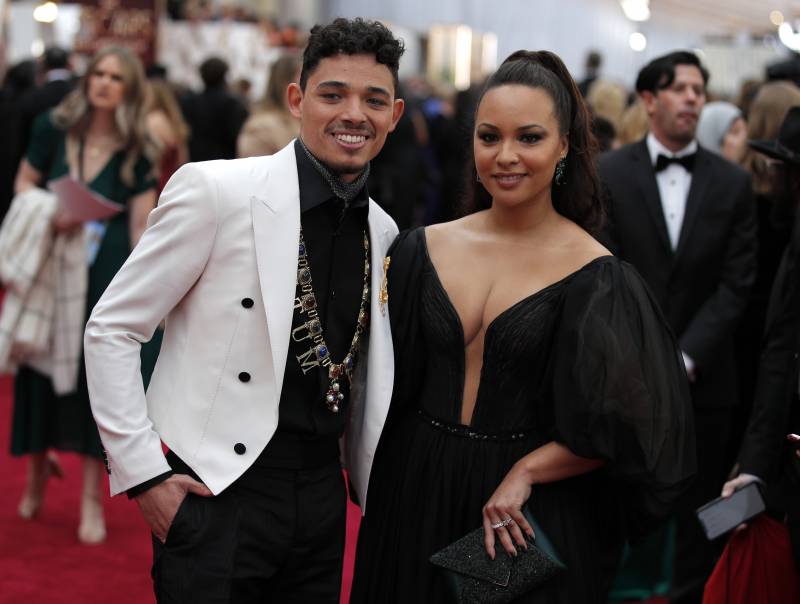Released on the first day of Hispanic Heritage Month (which ends in mid-October) the report from USC’s Annenberg Inclusion Initiative surveyed leading Hispanic and Latino actors and characters with speaking parts across 1,300 top-grossing films from 2007 to 2019. The report’s authors also assessed the number of Hispanic and Latino directors, casting directors and producers.
“As companies celebrate Hispanic Heritage Month through online posts, events, and employee resource groups,” Annenberg Inclusion Initiative founder Stacy Smith said in a statement, “the evidence is clear that concern for inclusion happens when convenient or expected and not when it comes to greenlighting films by, for, and about the Hispanic/Latino community.”
Hispanic and Latino people make up nearly 1 in 5 of the U.S. population. In the county home to Hollywood, over half of Angelenos are Hispanic and Latino.

9(MDAxOTAwOTE4MDEyMTkxMDAzNjczZDljZA004))

